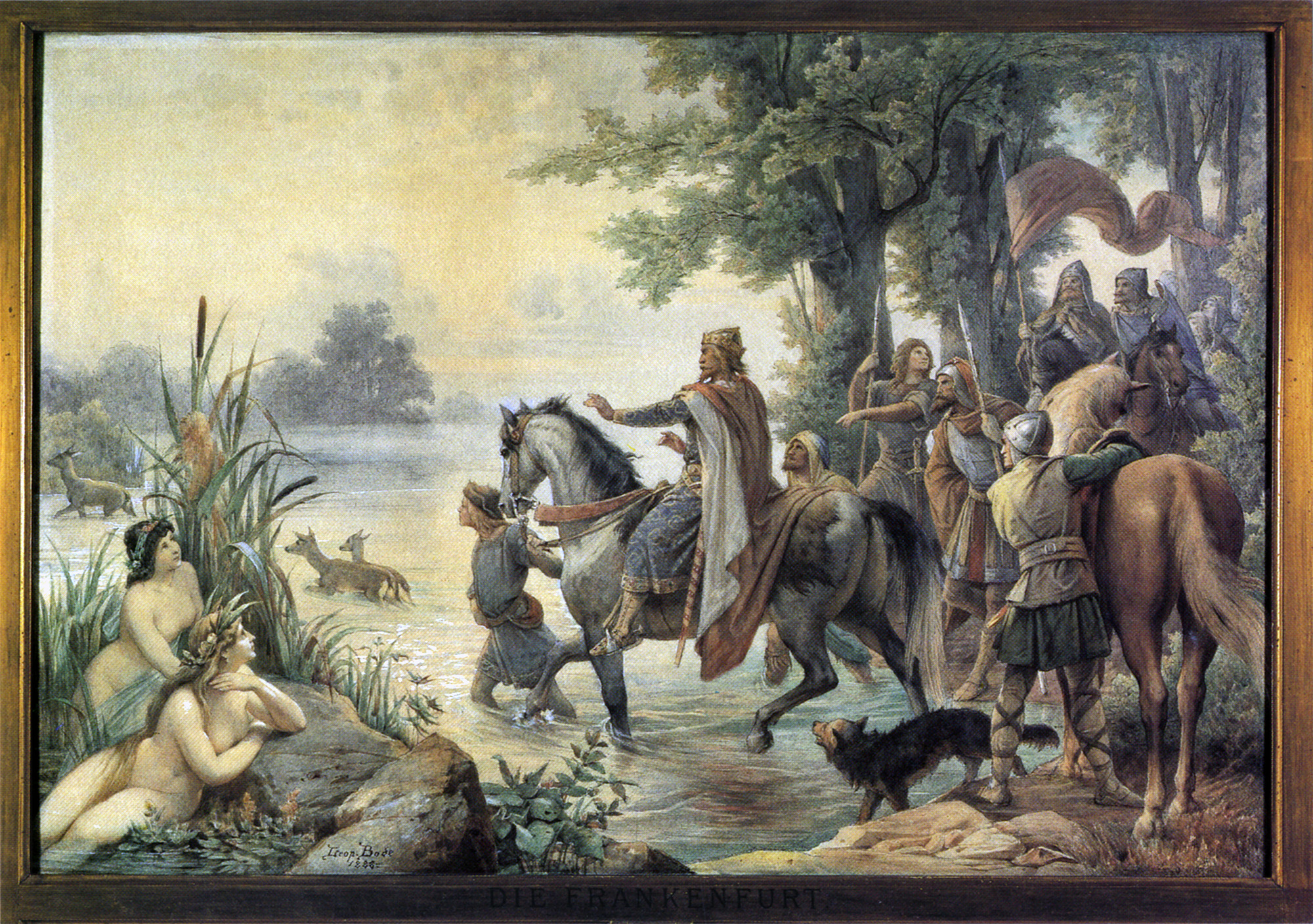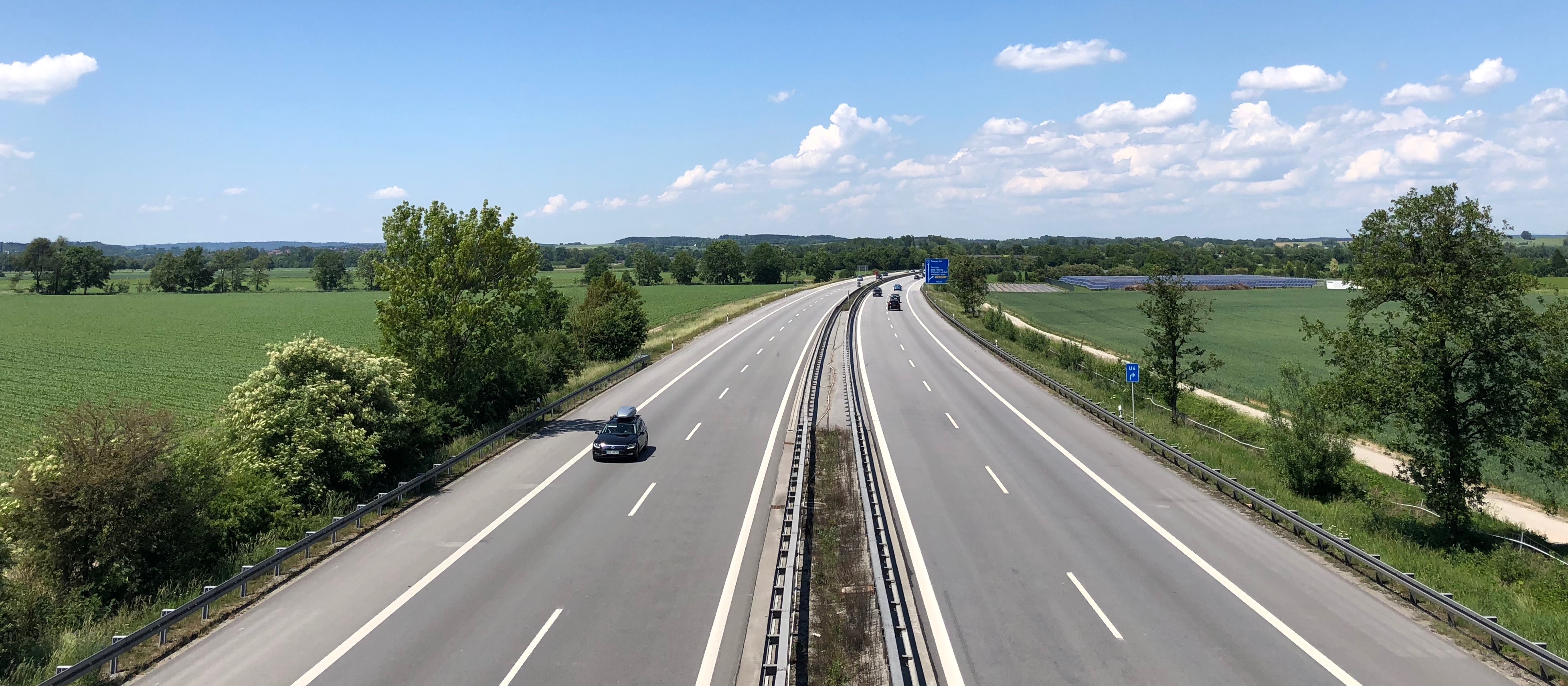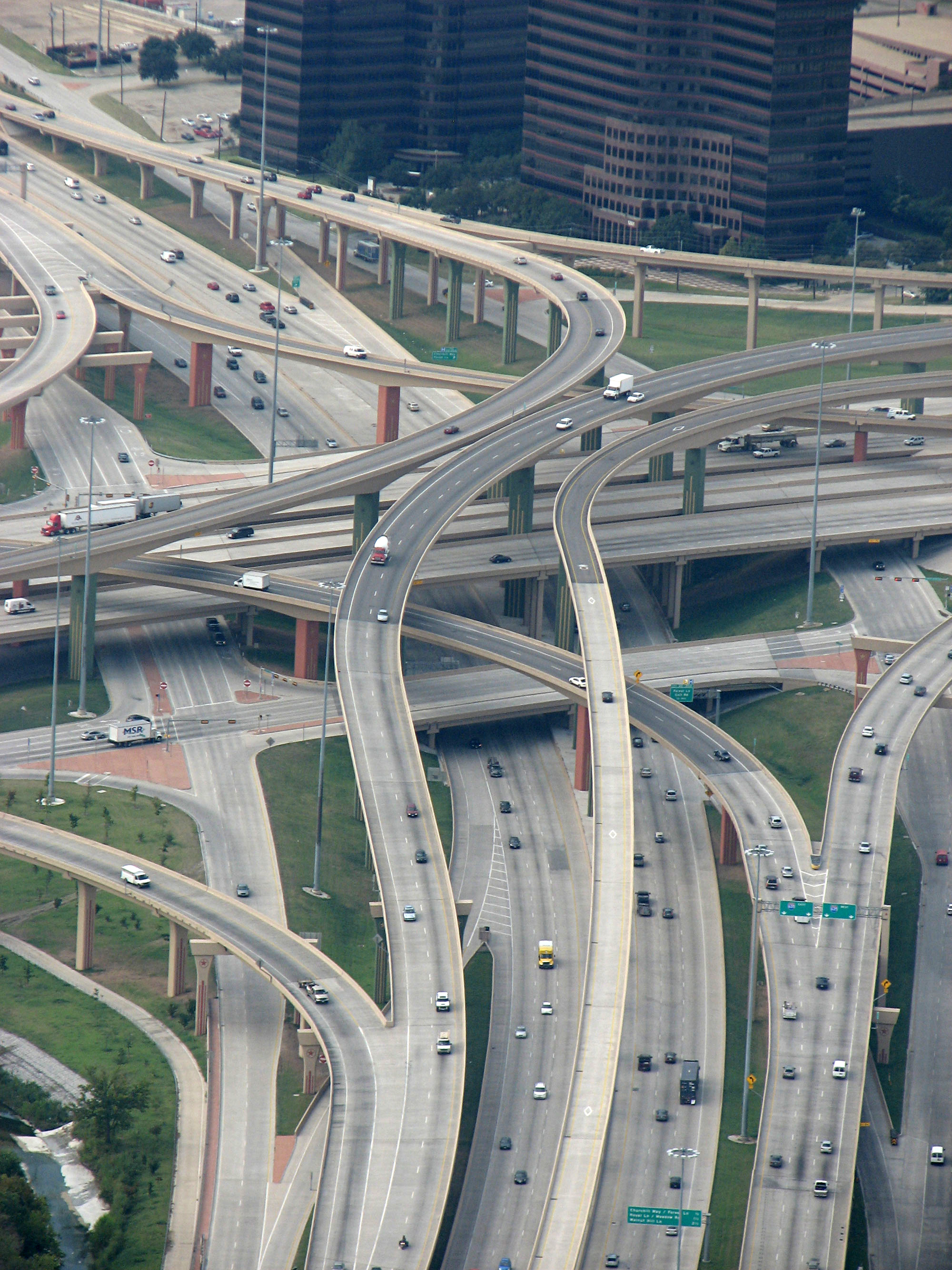|
Görgeshausen
Görgeshausen is an ''Ortsgemeinde'' – a community belonging to a ''Verbandsgemeinde'' – in the Westerwaldkreis in Rhineland-Palatinate, Germany. Geography The community lies in the Westerwald between Koblenz and Gießen on the edge of the Nassau Nature Park, and borders on Hesse. The community belongs to the ''Verbandsgemeinde'' of Montabaur, a kind of collective municipality. History In 1290, Görgeshausen had its first documentary mention as ''Gerinzhausen''. Politics Community council The council is made up of 12 council members who were elected in a majority vote in a municipal election on 7 June 2009. Coat of arms The middle part of the community's arms symbolizes the so-called ''Löwenstein'' (“Lion’s Stone”), a border stone that once marked the boundary between Görgeshausen, which was then held by the Electorate of Trier, and the area belonging then to Nassau-Diez. The two linden twigs refer to the linden tree that formerly stood on the church hill in the mi ... [...More Info...] [...Related Items...] OR: [Wikipedia] [Google] [Baidu] |
Montabaur (Verbandsgemeinde)
Montabaur is a ''Verbandsgemeinde'' ("collective municipality") in the district Westerwaldkreis, in Rhineland-Palatinate Rhineland-Palatinate ( , ; ; ; ) is a western state of Germany. It covers and has about 4.05 million residents. It is the ninth largest and sixth most populous of the sixteen states. Mainz is the capital and largest city. Other cities are ..., Germany. The seat of the ''Verbandsgemeinde'' is in Montabaur. The ''Verbandsgemeinde'' Montabaur consists of the following ''Ortsgemeinden'' ("local municipalities"): {{Authority control Verbandsgemeinden in Rhineland-Palatinate ... [...More Info...] [...Related Items...] OR: [Wikipedia] [Google] [Baidu] |
Westerwaldkreis
The Westerwaldkreis ("District of Westerwald") is a district (''Kreis'') in the north-east of Rhineland-Palatinate, Germany. Neighbouring districts are (from north clockwise) Altenkirchen (district), Altenkirchen, Lahn-Dill, Limburg-Weilburg, Rhein-Lahn, the district-free city Koblenz, Mayen-Koblenz and Neuwied (district), Neuwied. History When the area became part of Prussia in 1866 two districts covering the area were created. The northern part was covered by the Oberwesterwaldkreis with capital in Marienberg, the Unterwesterwaldkreis with capital in Montabaur covering the southern part. In 1886 a third district was added with the Westerburg district with area from both of the other two districts. In 1932 the districts structure was reformed again, the Oberwesterwaldkreis and the Westerburg district were merged to a new Oberwesterwaldkreis with capital in Westerburg. In 1974 in another reform the districts Oberwesterwaldkreis and Unterwesterwaldkreis were merged to form the Wester ... [...More Info...] [...Related Items...] OR: [Wikipedia] [Google] [Baidu] |
Verbandsgemeinde
A (; plural ) is a low-level administrative division, administrative unit in the Germany, German States of Germany, federal states of Brandenburg, Rhineland-Palatinate and Saxony-Anhalt. A is typically composed of a small group of Municipalities of Germany, municipalities. Rhineland-Palatinate The state of Rhineland-Palatinate is divided into 163 , which are municipal associations grouped within the 24 Districts of Germany, districts of the state and subdivided into 2,257 Ortsgemeinden (singular Ortsgemeinde) which comprise single settlements. Most of the were established in 1969. Formerly the name for an administrative unit was ''Amt (political division), Amt''. Most of the functions of municipal government for several municipalities are consolidated and administered centrally from a larger or more central town or municipality among the group, while the individual municipalities (Ortsgemeinden) still maintain a limited degree of local autonomy. Saxony-Anhalt The 11 distric ... [...More Info...] [...Related Items...] OR: [Wikipedia] [Google] [Baidu] |
Electorate Of Trier
The Electorate of Trier ( or '; ) was an Hochstift, ecclesiastical principality of the Holy Roman Empire that existed from the end of the 9th to the early 19th century. It was the temporal possession of the prince-archbishop of Trier (') who was, ''ex officio'', a prince-elector of the empire. The other ecclesiastical electors were the archbishops (in the secular context called simply electors) of Electorate of Cologne, Cologne and Electorate of Mainz, Mainz. The capital of the electorate was Trier; from the 16th century onward, the main residence of the Elector was in Koblenz. The electorate was secularized in 1803 in the course of the German mediatisation. The Elector of Trier, in his capacity as archbishop, also administered the Roman Catholic Diocese of Trier, Archdiocese of Trier, whose territory did not correspond to the electorate (see map below). History Middle ages Trier, as the important Roman provincial capital of ', had been the seat of a bishop since Roman tim ... [...More Info...] [...Related Items...] OR: [Wikipedia] [Google] [Baidu] |
Frankfurt Am Main
Frankfurt am Main () is the most populous city in the States of Germany, German state of Hesse. Its 773,068 inhabitants as of 2022 make it the List of cities in Germany by population, fifth-most populous city in Germany. Located in the foreland of the Taunus on its namesake Main (river), Main, it forms a continuous conurbation with Offenbach am Main; Frankfurt Rhein-Main Regional Authority, its urban area has a population of over 2.7 million. The city is the heart of the larger Rhine-Main metropolitan region, which has a population of more than 5.8 million and is Germany's Metropolitan regions in Germany, second-largest metropolitan region after the Rhine-Ruhr metropolitan region, Rhine-Ruhr region and the List of EU metropolitan regions by GDP#2021 ranking of top four German metropolitan regions, fourth largest metropolitan region by GDP in the European Union (EU). Frankfurt is one of the ''de facto'' four main capitals of the European Union (alongside Brussels, Luxembourg Cit ... [...More Info...] [...Related Items...] OR: [Wikipedia] [Google] [Baidu] |
Cologne
Cologne ( ; ; ) is the largest city of the States of Germany, German state of North Rhine-Westphalia and the List of cities in Germany by population, fourth-most populous city of Germany with nearly 1.1 million inhabitants in the city proper and over 3.1 million people in the Cologne Bonn Region, Cologne Bonn urban region. Cologne is also part of the Rhine-Ruhr metropolitan region, the List of EU metropolitan regions by GDP#2021 ranking of top four German metropolitan regions, second biggest metropolitan region by GDP in the European Union. Centered on the left bank of the Rhine, left (west) bank of the Rhine, Cologne is located on the River Rhine (Lower Rhine), about southeast of the North Rhine-Westphalia state capital Düsseldorf and northwest of Bonn, the former capital of West Germany. The city's medieval Cologne Cathedral () was the History of the world's tallest buildings#Churches and cathedrals: Tallest buildings between the 13th and 20th century, world's talles ... [...More Info...] [...Related Items...] OR: [Wikipedia] [Google] [Baidu] |
Bundesautobahn 3
is an autobahn in Germany running from the Germany-Netherlands border near Wesel in the northwest to the Germany-Austria border near Passau. Major cities along its total length of 778 km (483 mi) include Oberhausen, Duisburg, Düsseldorf, Leverkusen, Cologne, Wiesbaden, Frankfurt, Würzburg, Nuremberg and Regensburg. The A 3 is a major connection between the Rhine-Ruhr area and southern Germany, resulting in heavy traffic. Consequently, large parts have three lanes (plus a hard shoulder) in each direction, including a 300 km (187.5 mi) section between Oberhausen and Aschaffenburg. The A3 passes close to Frankfurt Airport. Route The A 3 begins at the border crossing Elten in North Rhine-Westphalia as a four-lane continuation of the Dutch A 12. Until Oberhausen the highway runs on the right bank of the Lower Rhine past the cities Emmerich, Wesel and Dinslaken and reaches the Ruhrgebiet. Beginning at the ''Kreuz Oberhausen'' with A 516 and A 2, the A ... [...More Info...] [...Related Items...] OR: [Wikipedia] [Google] [Baidu] |
Diez, Germany
Diez () is a town in Germany's Rhein-Lahn-Kreis, Rhein-Lahn district in Rhineland-Palatinate, on the borders of Hesse. Diez is the administrative seat of the Diez (Verbandsgemeinde), municipality of Diez. Sitting on the confluence of the Lahn and Aar rivers, the town and the area have been inhabited by humans since the Stone Age. The old town is dominated by an eleventh century castle, now a youth hostel and museum. It is the ancestral home of the House of Nassau-Dietz, which in 1815 became the Monarchy of the Netherlands, Dutch royal family. Geography Geographical Location The center of Diez is located four miles southwest of Limburg an der Lahn and 31 miles east of Koblenz. Diez, in Rheinland-Pfalz, and the adjoining city of Limburg, in the state of Hessen, are so close that in modern times they have increasingly merged into a single urban area, although they remain historically and politically distinct. The low rolling hills around Diez form part of the Rhenish Massif, Rh ... [...More Info...] [...Related Items...] OR: [Wikipedia] [Google] [Baidu] |
Interchange (road)
In the field of road transport, an interchange (American English) or a grade-separated junction (British English) is a road junction that uses grade separations to allow for the movement of traffic between two or more roadways or highways, using a system of interconnecting roadways to permit traffic on at least one of the routes to pass through the junction without interruption from crossing traffic streams. It differs from a standard Intersection (road), intersection, where roads cross wikt:at-grade, at grade. Interchanges are almost always used when at least one road is a controlled-access highway (freeway) or a limited-access road, limited-access highway (expressway), though they are sometimes used at junctions between surface streets. Terminology ''Note:'' The descriptions of interchanges apply to countries where vehicles Left- and right-hand traffic, drive on the right side of the road. For left-side driving, the layout of junctions is mirrored. Both North American (NA ... [...More Info...] [...Related Items...] OR: [Wikipedia] [Google] [Baidu] |
Autobahn
The (; German , ) is the federal controlled-access highway system in Germany. The official term is (abbreviated ''BAB''), which translates as 'federal motorway'. The literal meaning of the word is 'Federal Auto(mobile) Track'. Much of the system has no speed limit for some classes of vehicles. However, limits are posted and enforced in areas that are urbanised, substandard, prone to collisions, or under construction. On speed-unrestricted stretches, an advisory speed limit () of applies. While driving faster is not illegal in the absence of a speed limit, it can cause an increased liability in the case of a collision (which mandatory auto insurance has to cover); courts have ruled that an "ideal driver" who is exempt from absolute liability for "inevitable" tort under the law would not exceed the advisory speed limit. A 2017 report by the Federal Road Research Institute reported that in 2015, 70.4% of the Autobahn network had only the advisory speed limit, 6.2% had temp ... [...More Info...] [...Related Items...] OR: [Wikipedia] [Google] [Baidu] |
Plurality Voting System
Plurality voting refers to electoral systems in which the candidates in an electoral district who poll more than any other (that is, receive a plurality) are elected. Under single-winner plurality voting, and in systems based on single-member districts, plurality voting is called single member istrictplurality (SMP), which is widely known as " first-past-the-post". In SMP/FPTP the leading candidate, whether or not they have a majority of votes, is elected. There are several versions of plurality voting for multi-member district. The system that elects multiple winners at once with the plurality rule and where each voter casts as many X votes as the number of seats in a multi-seat district is referred to as plurality block voting. A semi-proportional system that elects multiple winners elected at once with the plurality rule and where each voter casts more than one vote but fewer than the number of seats to fill in a multi-seat district is known as limited voting. A semi-prop ... [...More Info...] [...Related Items...] OR: [Wikipedia] [Google] [Baidu] |
Coat Of Arms
A coat of arms is a heraldry, heraldic communication design, visual design on an escutcheon (heraldry), escutcheon (i.e., shield), surcoat, or tabard (the last two being outer garments), originating in Europe. The coat of arms on an escutcheon forms the central element of the full achievement (heraldry), heraldic achievement, which in its whole consists of a shield, supporters, a crest (heraldry), crest, and a motto. A coat of arms is traditionally unique to the armiger (e.g. an individual person, family, state, organization, school or corporation). The term "coat of arms" itself, describing in modern times just the heraldic design, originates from the description of the entire medieval chainmail "surcoat" garment used in combat or preparation for the latter. Roll of arms, Rolls of arms are collections of many coats of arms, and since the early Modern Age centuries, they have been a source of information for public showing and tracing the membership of a nobility, noble family, a ... [...More Info...] [...Related Items...] OR: [Wikipedia] [Google] [Baidu] |




